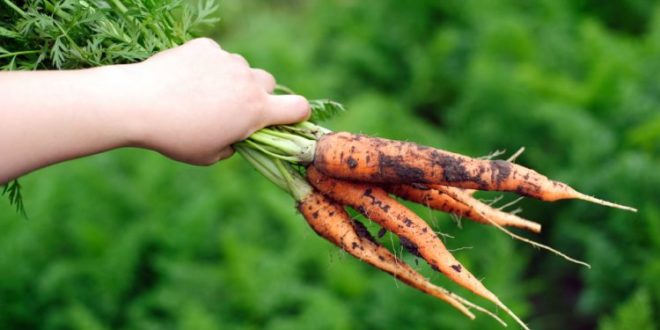Have you developed a serious case of green fingers? With increasing societal focus on plant-based diets, food miles and shopping local, there might never have been a better time to start growing and selling your own produce.
Then there’s the widespread benefits of spending time in nature, which many people began appreciating more during lockdown. Plus, with food price inflation surging right now, it wouldn’t hurt having a little extra on your plate! So what does it take to enjoy a successful harvest?
Below, read a quick summary of the key elements involved with selling your garden produce.
Deciding what to grow
You may well have your own favourite fruits, vegetables and plants. Perhaps you pride yourself on your niche tastes or an ability to grow the trickier varieties. But if you’ve got an eye for business, you’ll focus on those that are easy to care for, reliably produced, and look attractive to passers-by.
That includes vibrant vegetables like carrots, peppers and squash, plus tomatoes – whatever you class them as! – and lettuce. Don’t forget about popular aromatic herbs such as basil and coriander too, which can take homecooked food to the next level.
Whatever your preferences, key deciding factors when selecting crops include:
- Cash value per kilogram
- Growing cycle speed
- Potential yield
- Labour intensity
Marketing your produce
Growing all that beautiful produce is no good if you don’t tell anyone about it. Whether you set up a shop on your home turf or take the show on the road, eye-catching signage will help you get the message out.
Of course, in the digital age, it won’t hurt to spread the word on social media too. Instagram and Facebook in particular are ideal for promoting your produce with attractive images and videos. Make an effort to connect with local people and tell them exactly where and when they can get their hands on your crops!
Selling and delivering it
Once you’re ready to branch out, there are lots of ways you can begin selling your produce to a wider audience. You could reach out to local chefs, cafés and small shops, for example, who will need food to feed their customers all year round.
Another option is booking spots at local farmers markets. You’ll usually pay a small fee to do so but should find a captive audience in return. You could get creative and sell new products made from your produce, like pesto, jams and chutneys.
Alternatively, offer fruit and vegetable deliveries to customers in your area. Once business picks up, it could be worth investing in a climate-controlled cube van for longer delivery journeys.
Does that work sound like something you’d be up for? With the right knowledge and preparation, you could well pull off a successful season.
 Gardeners Club The Gardeners Club is a free to join online club for everyone with an interest in gardening and gardens.
Gardeners Club The Gardeners Club is a free to join online club for everyone with an interest in gardening and gardens.






